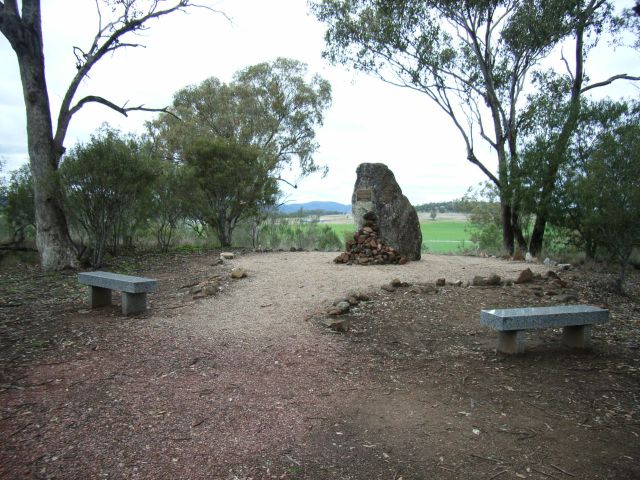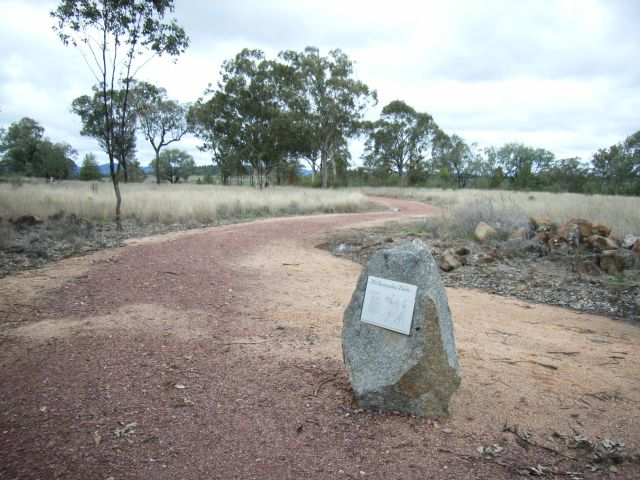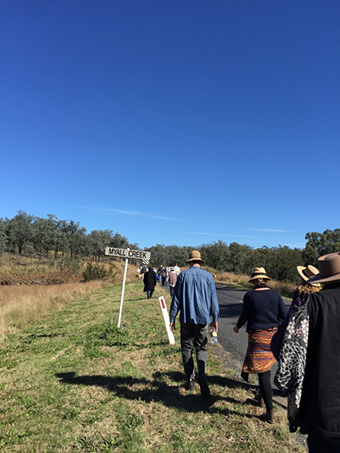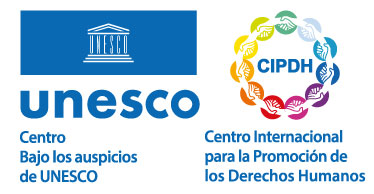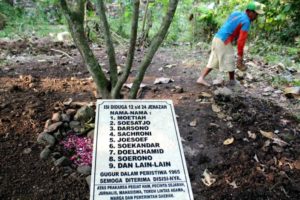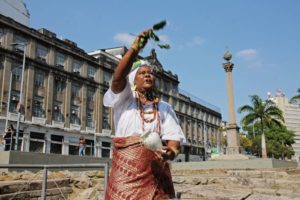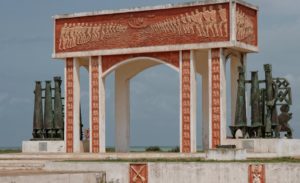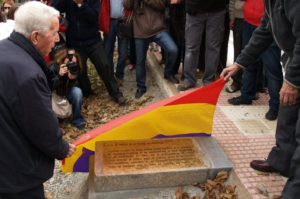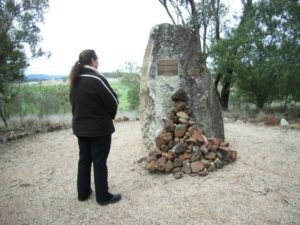Myall Creek Memorial
Site
Theme: Genocide and/or Mass Crimes

Address
Bingara Delungra Road and Whitlow Road
Country
Australia
City
Myall Creek
Continent
Oceania
Theme: Genocide and/or Mass Crimes
Purpose of Memory
To commemorate the indigenous victims of the 1838 massacre in Myall Creek.
Institutional Designation
Myall Creek Memorial
Date of creation / identification / declaration
2000
Public Access
Free
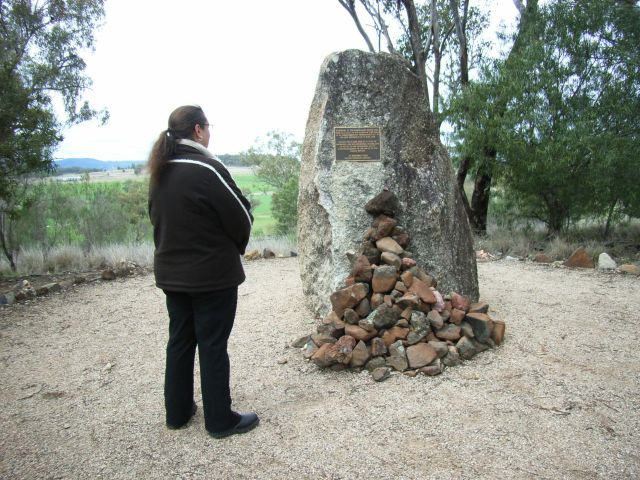
Location description
Myall Creek Memorial is a 23-hectare space with a granite boulder in its center which contains a plaque in memory of the victims of the 1838 massacre in Australia. The boulder is at the top of a commemorative walkway, approximately 500 meter high. The shape of the walkway represents the Rainbow Serpent, a being which is part of the Aboriginal Australian mythology. At all seven intervals, there are plaques narrating the different stages of the massacre through images by a local indigenous artist, accompanied with texts in both languages (Wirrayaraay and English). Every year, in June, a ceremony is held to commemorate the indigenous victims of the 1838 massacre: people leave flowers, make speeches and dance traditional rhythms.
In 1770, Captain James Cook took over the Australian territory on behalf of the United Kingdom, under the legal concept of Terra nullius (territory without an owner). The Australian aborigine population, estimated at 750,000 people at the time of the European arrival, was reduced to 93,000 in 1901 due to the massacres, movements and resettlements, and to the numerous infectious diseases spread by colonizers. It is estimated that until 1928, approximately 500 massacres of aborigines and islanders were perpetrated in the Torres Strait in Australia. On 10 June 1838, after a series of conflicts between colonists and aborigines in the north of New South Wales, more than 30 members of the community were killed in the Wirrayaraay community in Myall Creek.
The victims, mainly women and children, were decapitated and dismembered by twelve people who returned to burn the bodies two days later. For the first time, some of the perpetrators of the massacre were judged and sentenced to death. The hanging of the European colonists who were accused of the massacre was very controversial throughout the colony and increased the racial tension which hardened the colonists’ attitudes against aborigines. One of the last big massacres took place in 1928, when tens of people were killed in the Coniston region (Northern Territory).
The sentence to the authors of the massacre of the Wirrayaraay members in Myall Creek in 1838 caused great repercussion throughout Australia. Since 1850, the history of the massacre has appeared in different poems and books.
In 1965, Len Payne, a resident from Bingara, near Myall Creek, suggested building a monument in memory of those who had been killed. From the 1980s onwards, commemorations were held every 10 June. Later, in October 1998, a conference was organized by the Uniting Church in Myall Creek upon Sue Blacklock’s request, a descendant of a massacre survivor. During the conference, it was decided to put up a monument to honor the victims and to create the Myall Creek Commemorative Committee, which also brought together the descendants of the 1838 murderers.
On 10 June 2000, 176 years after the events, the Myall Creek Massacre Memorial was inaugurated. The Memorial mainly consists of a boulder, explanatory plaques and a walkway, all of which are related to aboriginal culture. The walkway in the shape of the Rainbow Serpent from the Australian Aboriginal mythology consists of small red stones which represent the blood shed during the massacre. The boulder is surrounded by white granite as a mourning symbol.
The ceremony honoring the victims of the massacre is usually organized on the second weekend in June, on Sunday, with the participation of political authorities, civil organizations and schools. It consists of aboriginal rituals and commemorations of European origin as well. One of the most relevant parts of the event is the memorial march along the way travelled by the victims. Finally, the participants leave a rock opposite the boulder as a reminiscence of a Jewish tradition.
The establishment of relationships between the aborigines and Australian people dates back to the 1960s. During the 1990s aborigines’ rights were politically and culturally recognized through historic decisions such as the judgement rendered by the Supreme Court of Australia in 1992 on the “Mabo” case, which rejected the use of the terra nullius concept or the creation of the Council for the Aboriginal Reconciliation. The council was in charge of performing a national reconciliation process – a concept that bears many different interpretations in Australia. In 2000, the Council for the Aboriginal Reconciliation recognized Myall Creek as a reconciliation symbol and included it in the Local Symbols of Reconciliation project: What Can We Do? (Local Symbols of Reconciliation: what can we do?).
Finally, in 2008, Myall Creek was added to the National Heritage List.
